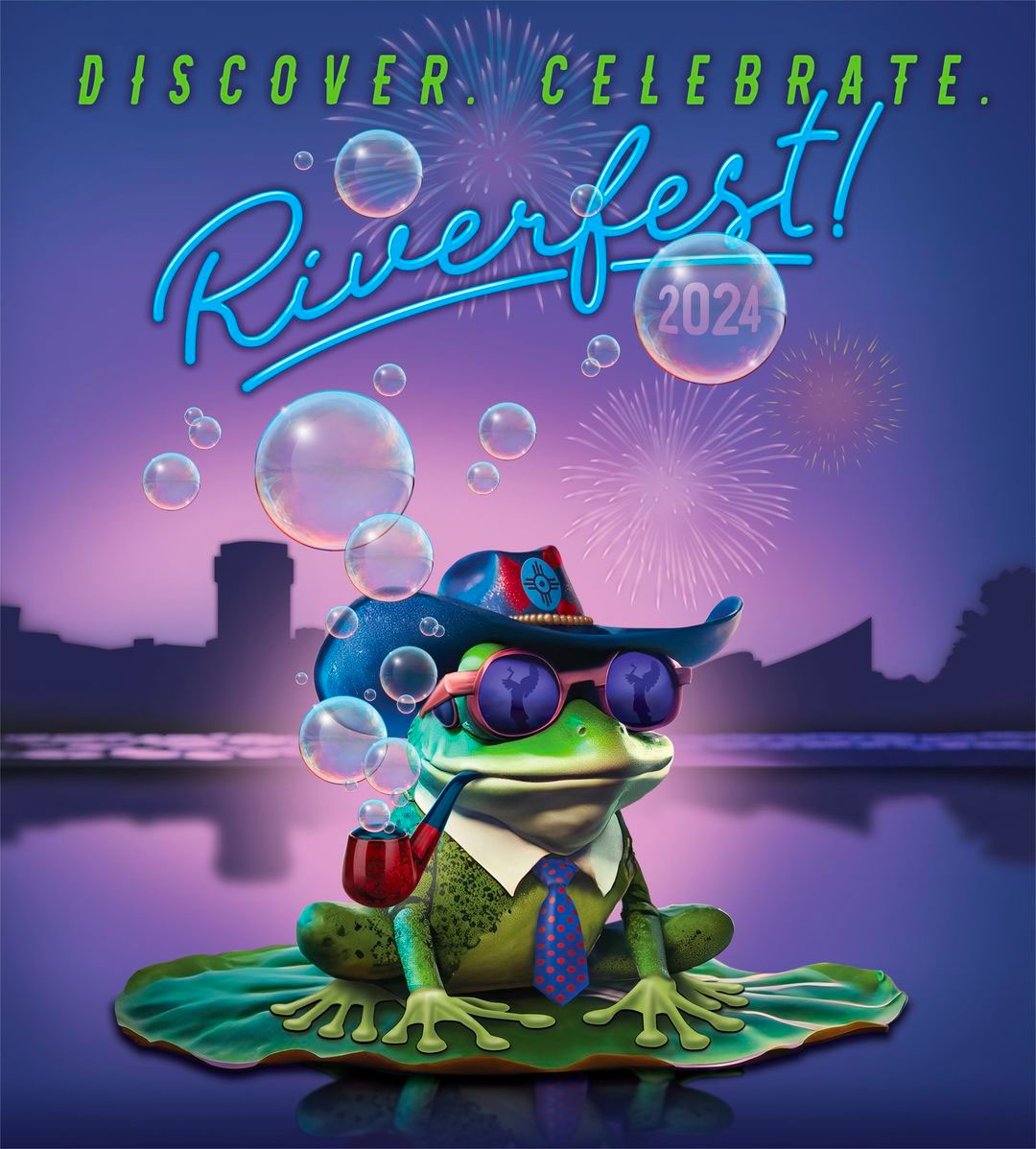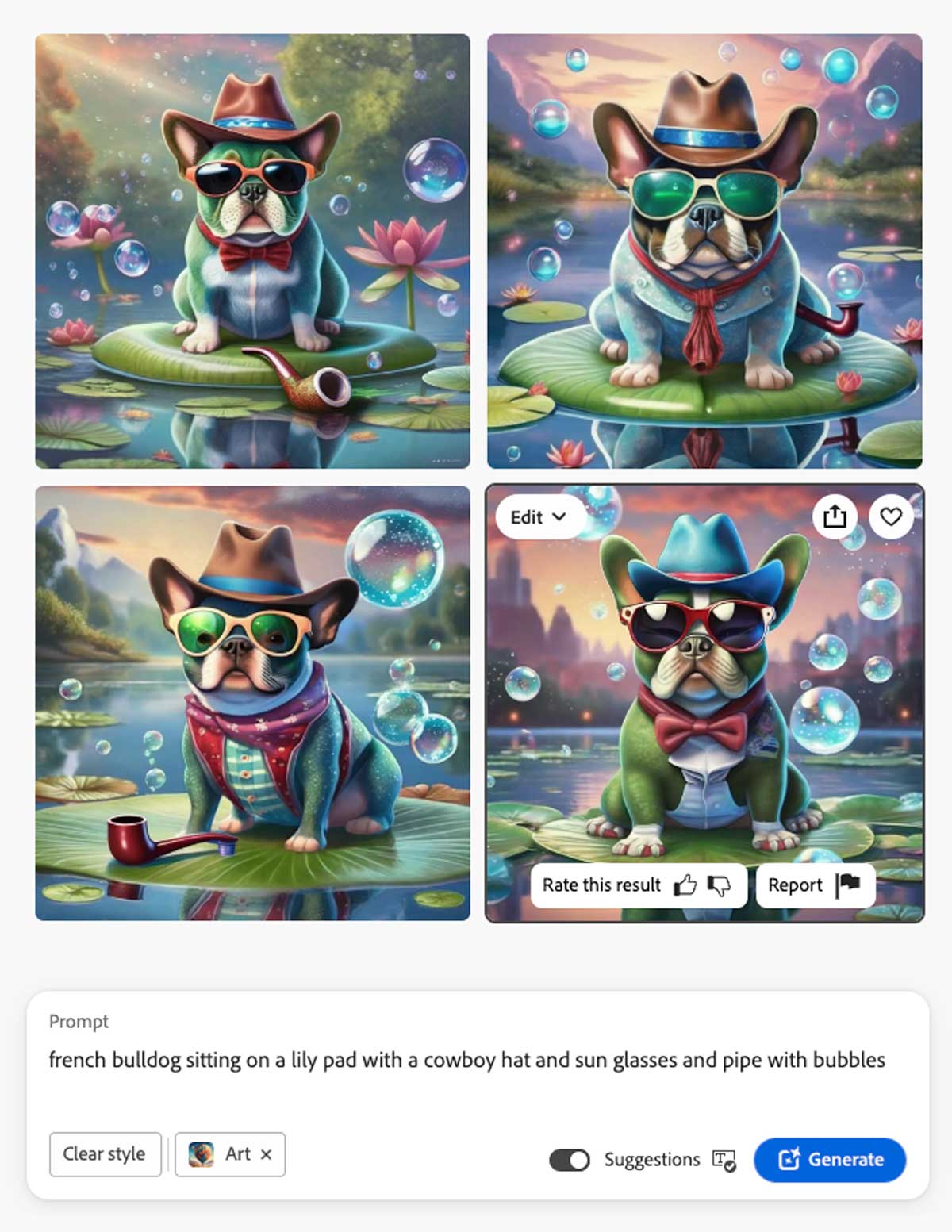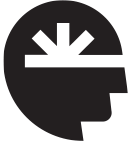The Wichita Riverfest committee recently announced the winner of this year’s Riverfest poster—a sought-after opportunity for artists and designers to showcase our city’s annual summer celebration. My childhood memories of bathtub boat races, savoring fried foods at Century II’s outdoor courtyard, and the dazzling fireworks display were always complemented by the anticipation sparked by the magical Riverfest poster.
This year, backlash of many frustrated artists on social media rose as a primarily AI created poster was chosen.
As a designer myself, representing Wichita with a chosen poster design would be quite the opportunity. But, the competition is tough! Over the years I’ve worked with many of the illustrators that didn’t make the cut in this year’s competition—These creatives are not to be underestimated.

The selected poster for Wichita Riverfest 2024
However, amidst this competitive landscape, a new contender emerges: artificial intelligence (AI). While undeniably useful and visually appealing, AI has its place. Matter of fact, I’ve used AI to refine this article, but the ideas remain distinctly mine.
When it comes to crafting visuals the same approach should apply, as long as the resulting idea and execution remain one’s own. With the effortless button of these tools, it’s far too easy to forget this artist or not.

For example, this French Bulldog was created in a matter of seconds using the keywords shown.
While AI-generated visuals are visually appealing, they simply lack the unique human ownership all by themselves.
Amidst the influx of beautifully crafted images, it’s crucial to ask: Is this creation unique? Does it genuinely represent who I’m creating it for? Or was it effortlessly made for immediate gratification? Conversations with clients often revolve around these tools’ availability. However, the real question remains: Will we use them thoughtfully?
“If cheaply made generative AI undercuts authentic human content, there’s a real risk that innovation will slow down over time as humans make less and less new art and content.”
Harvard Business Review

